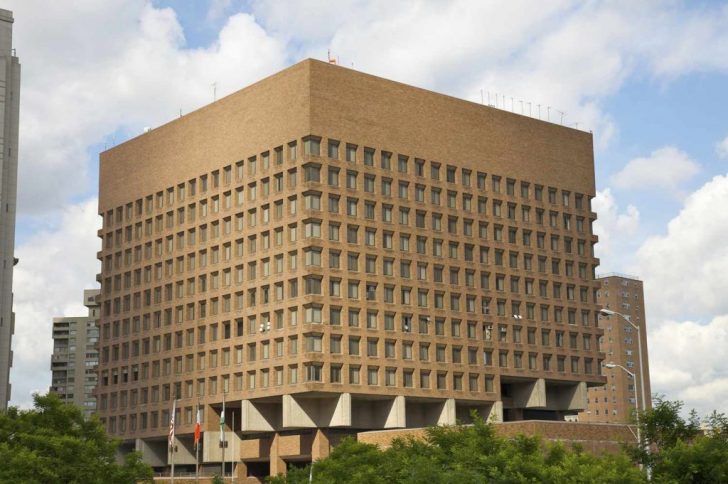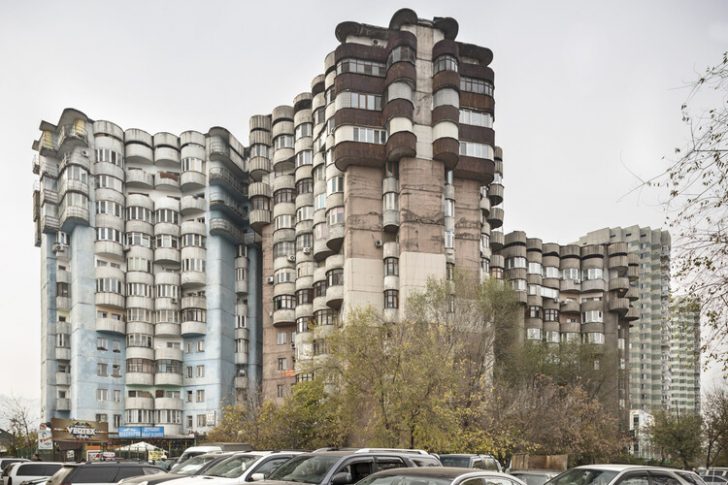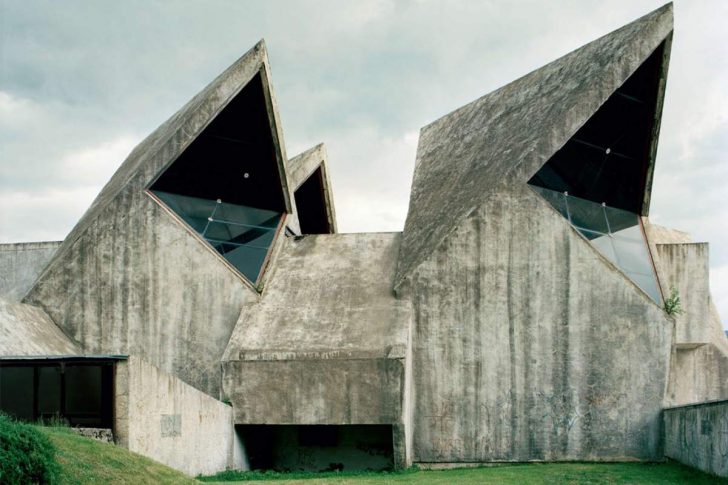What is Brutalist design when it comes to architecture? Originating in the mid-20th century, Brutalist architecture is known for its stark, rugged appearance and substantial use of concrete. The term 'Brutalism' comes from the French word "béton brut," meaning "raw concrete," which perfectly captures the essence of this style. It was primarily used for institutional, governmental, and residential buildings.

History / Architects like Le Corbusier and Paul Rudolph were the pioneers of Brutalist architecture. They pushed the boundaries of how raw materials and angular geometries could be used to make a statement.
This architectural style is often characterized by its massive forms, rigid geometric style, and an unapologetic showcase of materials, especially concrete. These buildings can appear imposing and fortress-like, with a strong emphasis on functionality and materiality over aesthetics. However, to its enthusiasts, Brutalist architecture is a form of expression that promotes honesty in design: What you see is what you get.
The Brutalist Furniture is A Bold Statement in Design
Moving inside these concrete giants, what is Brutalist design in the context of furniture? Brutalist furniture, like its architectural counterpart, features raw, often unfinished materials, with an emphasis on metal and wood in addition to concrete. These pieces are substantial, frequently oversized, and always make a statement.

GTN / The Brutalist Furniture often carries a sculptural quality, turning functional items like cabinets, tables, and chairs into works of art.
Designers of Brutalist furniture such as Paul Evans and Tom Greene are celebrated for their innovative use of materials and forms. Their designs did not shy away from the heavy, bold textures and were all about making a strong visual impact. Whether it is a bronze cabinet studded with large, raw metal patches or a wooden chair with harsh, angular lines, Brutalist furniture is anything but subtle.
What is Brutalist Design's Appeal and Criticism?
What is Brutalist design's appeal? Why do people find these stark, concrete structures and heavy, imposing furniture appealing? For one, Brutalism is honest. It does not hide the imperfections of its materials. Rather, it celebrates them. Likewise, it is also a reflection of a philosophy that values truth in materials and form, where functionality is as important as the aesthetic.
However, Brutalist design is not without its critics. The style has often been described as cold, soulless, and even dystopian. Its heavy use of concrete and stark forms can seem unwelcoming and harsh to those who prefer more warmth and ornamentation in architecture and furniture. Yet, this very divisiveness is what makes Brutalism so fascinating: It evokes strong reactions and sparks conversations about what architecture and furniture should be.
Is the Future of Brutalist Design A Lasting Influence?
So, what is Brutalist design's place in today's world? Brutalism has seen a resurgence in popularity among a new generation of architects and designers who admire its bold stance against the sleek and commercial styles that dominate the modern skyline. In digital design, for instance, Brutalist web design has emerged, embracing a raw, under-designed aesthetic that stands out starkly against the clean, uniform websites that are the norm today.

History Talks / Brutalism - the Brutalist architecture philosophy - is resurging in today’s modern age, thanks to its minimalistic approach.
Plus, contemporary designers are finding ways to soften the Brutalist aesthetic, incorporating natural materials and lighter colors while maintaining the style's signature boldness. This new wave of Brutalist-inspired pieces shows that the style is adaptable and can evolve while staying true to its roots.
The Final Word
What is Brutalist design if not a bold challenge to conventional norms? Whether in the towering forms of Brutalist buildings or the stark, sculptural beauty of Brutalist furniture, this style continues to captivate and challenge us. It reminds us that design does not have to conform to be beautiful. Instead, it can be raw, honest, and profoundly impactful.
Brutalism teaches us to appreciate the strength in simplicity and the beauty in the bare, unpolished surfaces that tell a story of their own.








